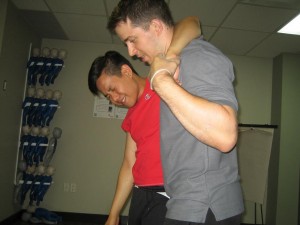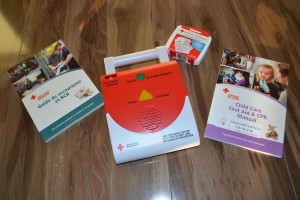
With heart disease leading the list of the top causes of mortality in the whole world, more and more people are becoming aware of the need to get CPR training. There are different courses available all over the city, but none as high quality as the ones we offer at Los Angeles CPR. You can enroll in variety of ways: the internet, over the telephone, and in person. The internet is the most popular option, with the online form (on the Los Angeles website) available all day.
Mortality according to race
In the US, as well as the entire world, heart disease is the leading cause of death. It is the leading cause of death in both American men and women, with more than half of deaths from heart disease in 2009 being men. However, it should remain a pivotal lesson that different factors contribute to developing heart disease. These factors are categorized under modifiable and non-modifiable factors. Factors that are modifiable are lifestyle-related factors such as diet and exercise. Non-modifiable factors include personal and family history, gender, and race – things that a person cannot change.
According to the CDC, the race that gets hit the hardest by heart disease is African-Americans. Out of the deaths caused by heart disease in 2008, over 24.5 percent were African-American. Whites made up 25.1 percent while other races between 18 and 20 percent. 47 percent of these deaths actually happen outside a hospital, leading to an alarming fact – people who experience early warning signs do not act on them or act on them too late.
Major warning signs of a heart condition include…
- Chest pain or discomfort
- Pain that radiates to the arms, back, neck, jaw, and stomach
- Dififculty breathing
- Easy fatiguability
- Nausea, cold sweats
- Decreasing level of consciousness
As trained rescuers, it is important to remember that these warning signs signal a possible heart attack. Because four out of five arrests actually happen at home, most bystanders will actually be placed in a situation that requires them to give CPR to a loved one or friend.
Programs in Los Angeles CPR

We offer trainees five training programs three re-certification classes through the week. The five programs are categorized under Basic and Advanced Life Support, with one program offered to the public and the rest to HCPs (healthcare providers)
Basic Life Support programs are focused basic skills: compression, ventilation, and defibrillation. Basic programs are very skill-oriented, introducing trainees to principles and then honing their skills on the latest equipment. These programs are typically completed over one session, approximately four hours long.
Advanced Life Support programs on the other hand, are long, taking two days to complete. They run between 14 to 16 hours long. Like BLS courses, ALS courses also focus on basic principles – but for advanced medical management. Medical management involves the use of medication, equipment, and diagnostic examinations.
